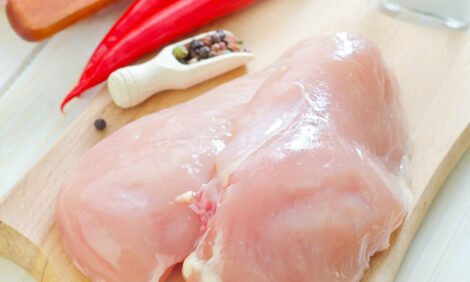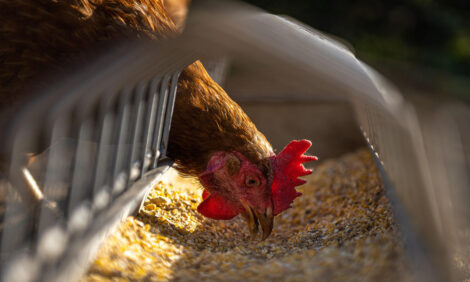



Celebrating 75 Years! The Early Years of Hy-Line
As Hy-Line celebrates its 75th anniversary this year, the company takes a look back to where it all began.In the agricultural Midwestern US state of Iowa, a visitor in the 1940s would find farms that grew corn (maize), soybeans (soya), beef and/or dairy cattle, hogs and a flock of dual purpose chickens (meat/eggs) or a flock of laying hens. The farm was a diverse enterprise, involving all members of the household; the chickens were generally the responsibility of the wife of the family and/or the older children. In those days, Iowa led the nation in production of corn, soybeans, pork and eggs, so it was a logical place to find curious minds seeking to improve yields and production.
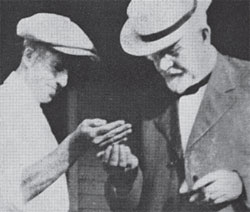
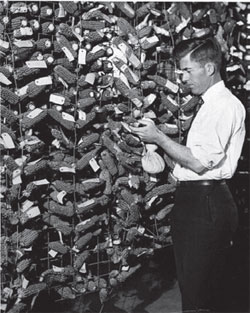
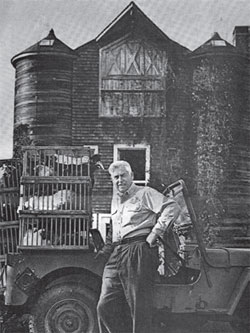



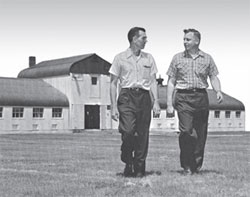
Since the young age of 16, Henry A. Wallace was fascinated with the challenge of breeding better corn. He studied agriculture at Iowa State University and worked for his family’s magazine, Wallace’s Farmer, while his father Henry C. Wallace served as US Secretary of Agriculture under Presidents Harding and Coolidge.
After reading about the new pure-line breeding concept in corn, Henry A. Wallace began experimenting and trialling the idea. Families within all the different lines were being selected for specific, desirable traits. Eventually, those selected lines were tested in crosses to achieve hybrid vigor, improved uniformity and superior production yields.
Henry A. Wallace accurately predicted early on that his work would change the world of agriculture. He started selling the first commercial hybrid corn, "Copper Cross", and two years later, in 1926, he and some friends founded Hi-Bred Corn Company. The company continued to grow and as the benefits of the new lines became obvious, the name was changed to Pioneer Hi-Bred Corn Company. The genetic improvement of grain production around world has been led by Pioneer ever since.
But Henry A. Wallace’s skills and abilities were not limited to corn breeding. His intellect and political knowledge were widely recognised and he was appointed as US Secretary of Agriculture by President Franklin D. Roosevelt in 1933. After seven years in that role, he served as Vice President of the United States under President Roosevelt from 1941 to early 1945 and then did one more year of service as Secretary of Commerce under President Truman. During an official government visit to China as Vice-President, Mr Wallace donated melon seeds to local officials which were used to produce a local cultivar, the Bailan melon. To this day, these melons are sometimes referred to as "Wallace Melons".
With Henry A. Wallace’s guidance from Washington, other family members continued to grow Pioneer. They recognised the possibility of improving egg production with the same breeding practices that by now had been proven extremely successful in corn. Hy-Line was established in 1936, after eight years of research and led by Mr Wallace’s son, Henry B. Wallace. The first Hy-Line layer chicks were sold in 1940 – 40,000 commercial layers were hatched and sold from February to May when the ‘hatching season’ ended.
News of the productive results from those initial flocks spread quickly. Hy-Line carefully selected franchise hatcheries to hatch and distribute chicks around the United States. Over the next 20 years, growth of the business was exponential. From those first 40,000 chicks in 1940, the numbers continued to increase to over 70 million by 1960 that were sold not only in the US but to Canada, Europe and Latin America.
The science and innovation of those early years was so advanced and useful that many of the same techniques are still practised today.
Hy-Line pioneered the use of blood typing as a genetic marker to select for better livability potential. Scientists discovered they could better select the best families within lines, as well as better predict the crosses between lines that would offer higher production potential. Today, advanced molecular DNA techniques are used to focus on specific genes that are used as part of the selection criteria.
One of the keys to Hy-Line’s early success was the extensive field-testing done before new varieties are released for sale. Hybrid crosses were tested in a variety of weather, housing and management conditions. They were tested both in cages and on the floor using trap nests. Individual bird records were kept on egg production, livability, feed conversion, egg quality, egg and body weights along with other performance and quality traits.
Today, the Hy-Line genetic evaluation programme has been extended around the world and continues to use both cages and floor systems evaluating the same traits, plus many more. Robust statistical computer programmes are used to analyse the hundreds of millions of data points gathered each year.
Egg quality was recognised early on as a trait that could be passed from generation to generation. Already in the late 1940s, an egg quality laboratory was breaking 200,000 eggs a year measuring Haugh units and scoring the eggs for shape, weight and colour. Today Hy-Line’s Egg Quality Laboratories test over one million eggs a year with the most modern technologies available.
As he had studied genetics at Iowa State University, Henry B. Wallace served not only as president but also led the genetic development programme of Hy-Line. He gathered a team of professionals who were experts in genetics, nutrition, veterinary medicine and the practical skills in poultry husbandry as well.
The Wallace legacy and impact on both Hy-Line and the global egg industry cannot be overstated. The Wallace family members were strong agricultural leaders who used their intellect to not only build successful businesses, but to also find ways to better feed the world.
September 2011







